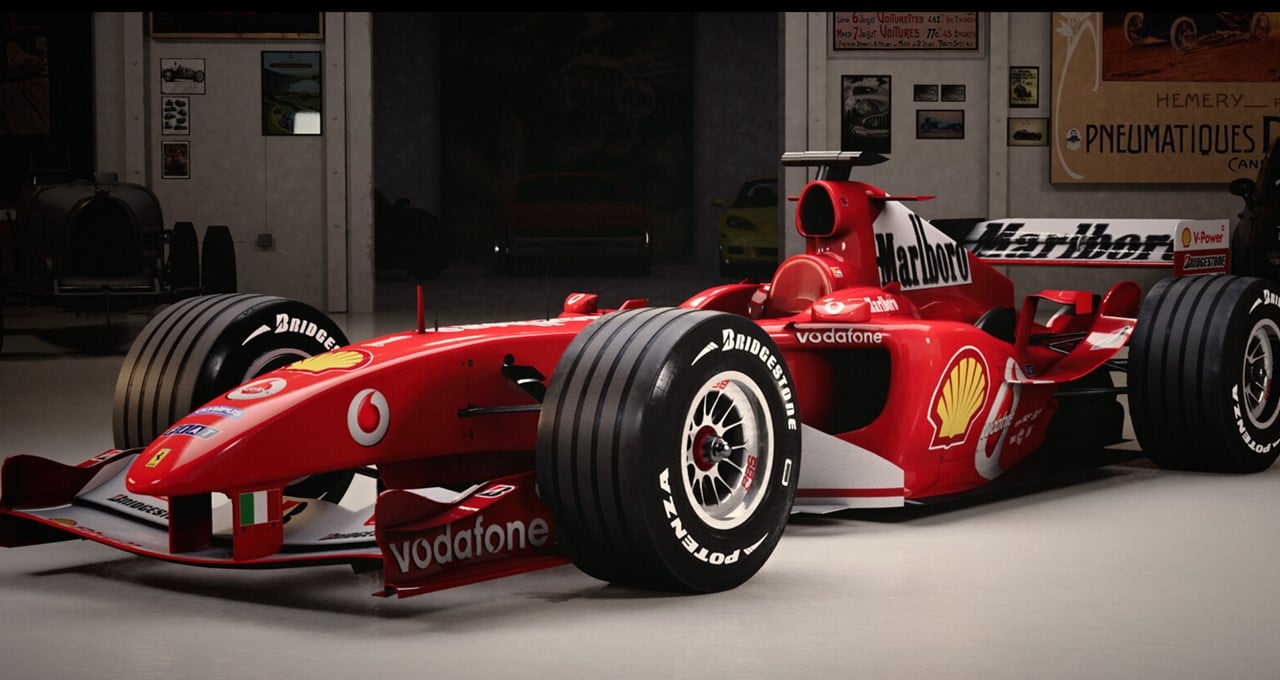For artists working on product designs and visualizations, time is an important factor — they want to quickly iterate and deliver results without waiting hours for renders to complete.
This is why 3D artist David Baylis chose NVIDIA Quadro RTX graphics to create high-quality renders for his clients.
He’s able to cut rendering times on his visualizations, with projects that range from winter cabin architectural designs to a virtual recreation of comedian and former Tonight Show host Jay Leno’s garage featuring Formula One champion Michael Schumacher’s F2004 and other automotive memorabilia.
Baylis’ visualizations typically require high-resolution textures and polygons. He uses Unreal Engine to render the graphics and create interactive experiences for his clients. But getting realistic details for building designs and car models requires a powerful GPU. When Baylis upgraded to the Quadro RTX 6000, he found the horsepower and speed he was looking for.
It wasn’t just the rendering performance in Unreal Engine that got major speedups. With Quadro RTX, Baylis saw accelerated workflows throughout his design process.
He was able to edit content and encode videos more smoothly when Adobe Premiere Pro was running on the GPU. And in Substance Painter, the time for baking textures in 4K reduced from 30 seconds on the CPU down to 18 seconds, which makes a considerable difference when doing multiple objects.
Baylis also saw performance speedups using the latest NVIDIA GPU-accelerated rendering feature in KeyShot 9. With traditional rendering on a CPU, the results were 72 samples in 90 seconds. When Baylis switched to the Quadro GPU, he was able to render 1,033 samples in 30 seconds — over 40x faster.
After achieving cinematic-quality images with almost no wait time, Baylis experienced how RTX real-time ray tracing gives 3D artists a big advantage in creative workflows.

RTX Keeps It Real With New Levels of Detail
The details make all the difference when it comes to taking designs from concept to reality. With Quadro RTX, Baylis is able to create photorealistic images and bring extra fidelity to his renders. It’s especially noticeable in automotive visualizations, where Baylis heavily relies on real-time reflections.
When creating the virtual scene of Leno’s garage, Baylis used the ray-tracing features of Quadro RTX 6000 to achieve the realistic lighting and accurate reflections on the Formula One race car showcased in the environment.
Using his iPhone, he controlled the camera from Unreal Engine and was able to walk around in the virtual scene as if he were standing next to the car. This provided live feedback in real time — Baylis could look at the scene, make edits and then wait as little as 20 minutes for a scene to render in 4K.
“With Quadro RTX 6000, I have been pushing the boundaries of real-time ray tracing at a level I couldn’t achieve previously,” said Baylis. “RTX is a huge leap in the CG industry and I simply cannot work without it anymore.”
Learn more about NVIDIA Quadro RTX or check out a few of Baylis’ projects.
